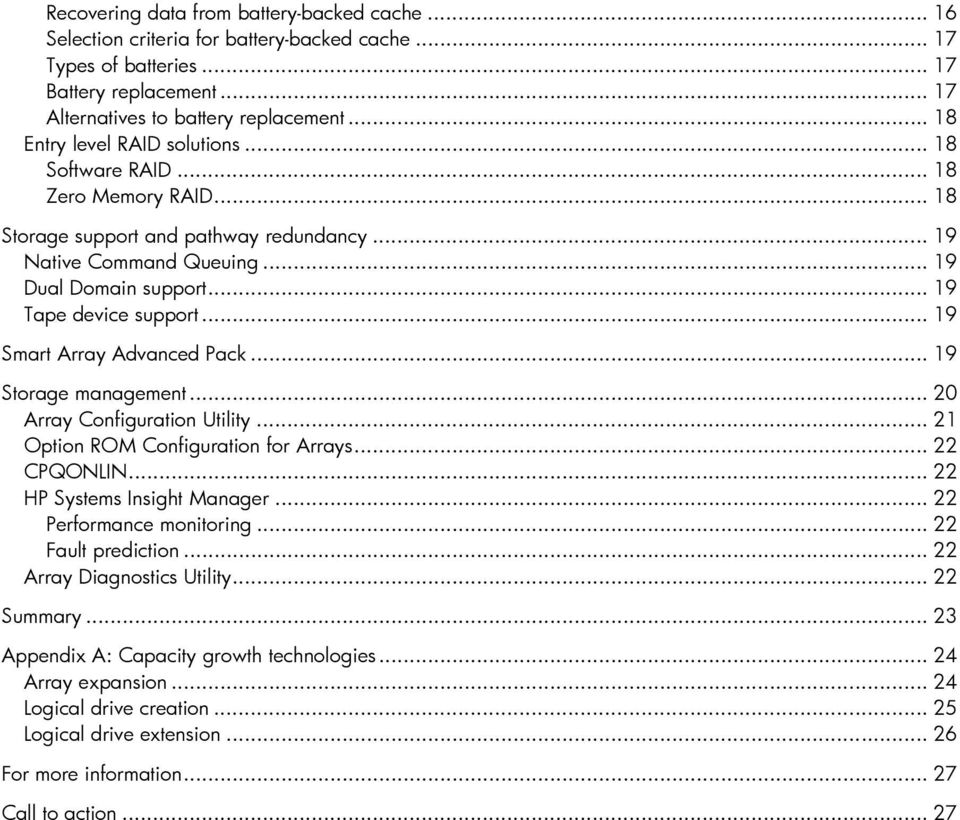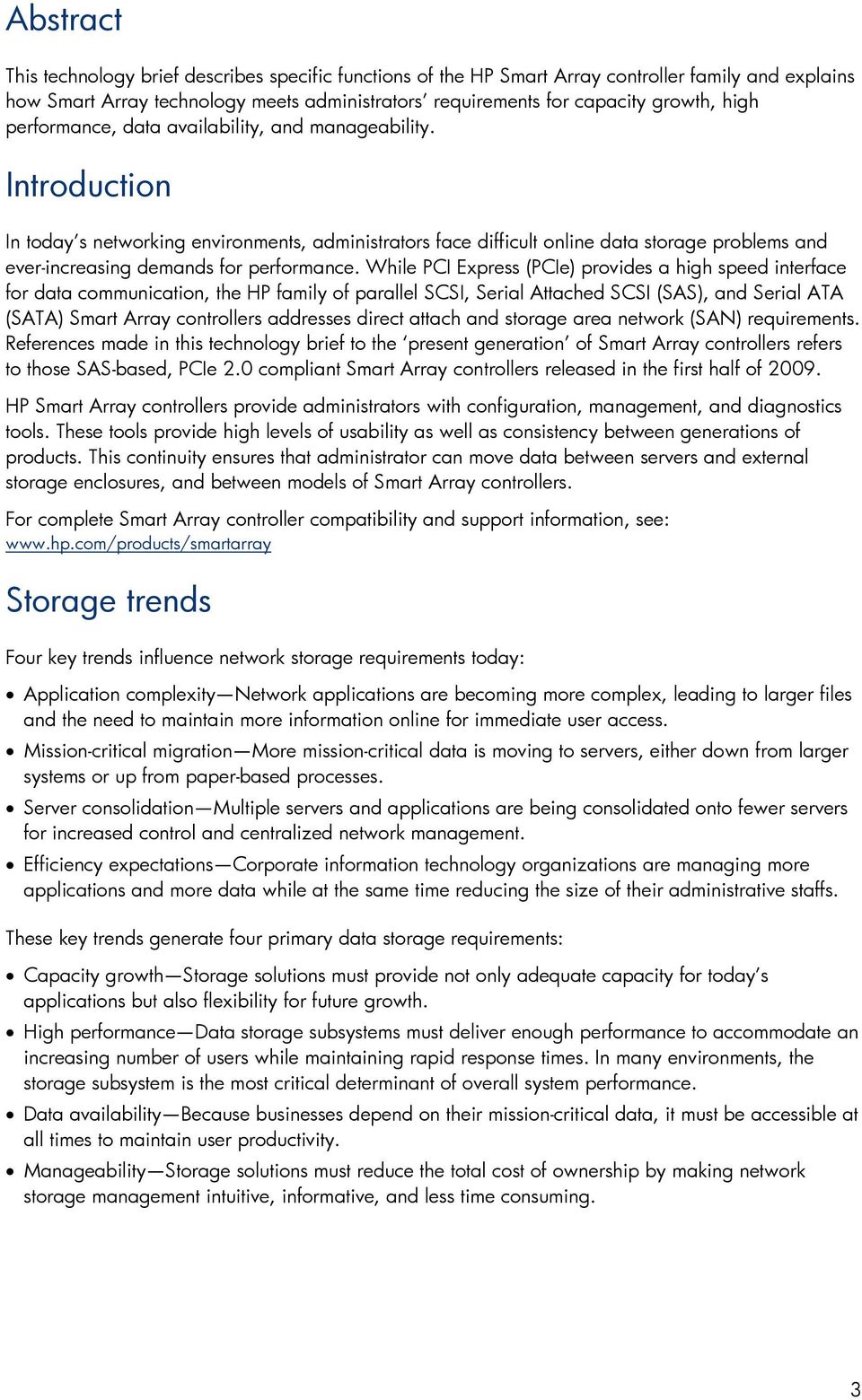

- Hp smart array p410i controller flash to initiator target install#
- Hp smart array p410i controller flash to initiator target 64 Bit#
- Hp smart array p410i controller flash to initiator target driver#
- Hp smart array p410i controller flash to initiator target 32 bit#
- Hp smart array p410i controller flash to initiator target series#
Texas Instruments Texas Instruments USB Root Hub Microsoft Microsoft USB IntelliMouse Explorer 3.0 Outdated or Corrupted drivers: 7/17 Device/Driver
Hp smart array p410i controller flash to initiator target 32 bit#
Scan performed on, Computer: Acer Aspire M1641 - Windows 7 32 bit Huawei HUAWEI Mobile Connect - USB Device (COM32)
Hp smart array p410i controller flash to initiator target series#
Microsoft Xbox 360 Controller for WindowsĪTI RADEON X600 Series Secondary (Microsoft Corporation - WDDM)
Hp smart array p410i controller flash to initiator target driver#
Intel Intel(r) AIM External Flat Panel Driver 4

Intel(R) Mobile Express Chipset SATA AHCI Controller Qualcomm Atheros Atheros AR9485 Wireless Network Adapter Microsoft Microsoft USB Dual Receiver Wireless Keyboard (Mouse and Keyboard Center) Microsoft Microsoft Universal Audio Architecture (UAA) Bus Driver for High Definition AudioĬorrupted By Smart Array P410i Controller Outdated or Corrupted drivers: 9/18 Device/Driver

Hp smart array p410i controller flash to initiator target 64 Bit#
This way, you get a fully supported virtual storage appliance for your production and proprietary iSCSI stack, which is much faster than the generic LIO that *nix world offers.Scan performed on, Computer: HP FL402AA-ABZ s3630it - Windows 7 64 bit One more alternative is using a pre-built VSA like Starwinds, for example.

Since everything you need to feed storage to ProxMox is iSCSI, any Linux distro will do the job. However, I would recommend using a commercially supported Linux distro like RHEL or Ubuntu Advantage. RockStor runs BTRFS, which is way better for running virtual machines than ZFS. Running FreeNAS as a virtual machine is not supported as far as I know, so if you still prefer running unsupported or community-supported products in production, you can use OpenMediaVault, XigmaNAS or RockStor as your storage controller.
Hp smart array p410i controller flash to initiator target install#
Install any operating system of your choice to provide your Proxmox cluster with storage. Pass through the RAID controller to a virtual machine that will be your virtualized storage appliance (VSA). Install an industry-grade supported hypervisor (free ESXi or free Hyper-V, doesn't matter) that takes care of the underlying hardware, including drivers, hardware management, and so on. Build reliable and time-proven hardware RAID10, which is optimal for virtualized workloads if HDDs are used. HP SmartArray 420 is an excellent choice that supports all the possible RAID levels and online expansion. My advice would be to purchase a hardware RAID controller instead of an HBA. Are you able to support it by yourself, understanding it is running your main production, and in case any of the components within FreeNAS fail (ZFS, iSCSI or NFS/SMB, network stack, etc.), you will have to fix it by yourself in the shortest time? Relying on the FreeNAS community, which is not very helpful, is not an option here, to be honest. The third possible issue with your configuration is your FreeNAS skills level. Apart from possible problems with updates and drivers, you also either underutilize the server, locking it for a single-product usage, or let the OS running at the physical level bloat the RAM and CPU the way it wants without any control. The second concern is running a storage-controller bare-metal. It is also pretty performance-hungry, so make sure you have enough RAM available. While being a perfect choice for large sequential workloads like media and streaming, it does not perform on small random workloads that virtual machines generate no matter the ZVOL configuration. That is not the best idea due to several reasons.įirst of all, ZFS is not the best file system for virtualization. Else you can use 2 of these in HA mode and you literally get 100% up time. Then parts from HP are not cheap.especially PSU & HDD which are the more common things to fail first (if you are lucky).Įlse look at the Synology slim models which I use for my AutoCAD users.pack the NAS with 6x 2TB or 4TB SSDs (RAID 5) with 2x 1Gbps NIC (teamed) and it is a pure workhorse for 20 AutoCAD users working with 200MB to 800MB files. Then also "worth" of NAS vs old server (D元80 G7 was released in 2010, EOSL April 2018) as the basic hardware components would have a lifespan of approx 7yrs with HDD lasting 3yrs to 5yrs. Take a look at Synology NAS that have options for HA set up or even running as DCs, some with 2 or 4 NICs and Dual PSU, SSD write cache etc. Electricity is by far my biggest concern. So I don't think it's worth talking about consumer NAS. Consumer NAS? I don't think I made it clear in my post.


 0 kommentar(er)
0 kommentar(er)
